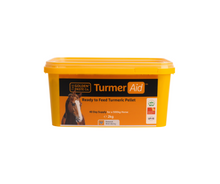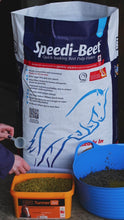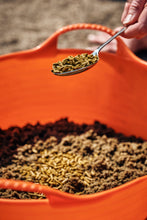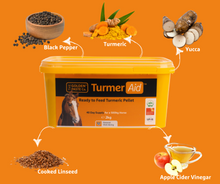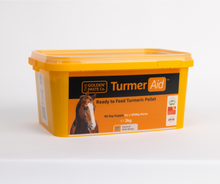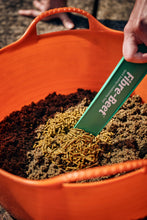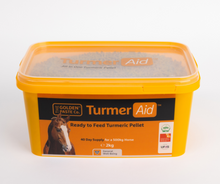Sweet Itch in Horses
What is Sweet Itch in horses?
Insect Bite Hypersensitivity, otherwise known as sweet itch, in the UK ("summer mange", "summer eczema" or "Queensland itch", across the world), is a chronic, recurrent, seasonal dermatitis of horses.
What causes Sweet Itch in horses?
Sweet itch in horses is caused by the bites of female biting midges – species of the genera Culicoides – and is prevalent across spring and summer, dying back in autumn and absent in winter.
Sweet itch is caused by an allergic reaction to the protein in the saliva of biting insects. This causes the immune system to attack its own cells and leads to the extreme reaction.

When does Sweet Itch start?
As it presents typically in a horse's second or third summer and subsequently worsens with age, it appears to be a delayed hypersensitivity as well as a threshold response.
What does Sweet Itch in horses look like?
Horses predominantly show signs of sweet itch at the base of the mane and tail, and on the face. The withers, back, belly and rump can also be affected.
Clinical signs range from mild to severe itchiness, often accompanied by hair loss and broken skin from constant scratching which can then lead to an infection.
Over time the skin can thicken, folds develop and the hair becomes sparse and coarse with flaky skin.
Several behavioural changes can also occur including excessive rolling and mutual grooming, head shaking, face rubbing and an agitated/restless demeanour.

Is Sweet Itch in horses hereditary?
Some breeds have been found to be at an increased risk and it can be genetic as they are at an increased risk of developing the condition.
Sweet Itch treatment in horses
There are several ways we can help horses with sweet itch by reducing their contact with midges. Bring horses in at dawn and dusk and if possible fit small mesh over the stable doors and windows to stop insects getting in. Avoid fields with or near water and hedges or trees as these are areas where midges gather, an exposed field is best as midges can’t fly if the wind speed is over 5mph. Make sure you keep on top of poo picking and avoid humid conditions as much as possible. For horses that are severely affected, a ceiling fan in the stable may be required in case any midges do get in.
Using a sweet itch rug can also protect the horse and some people find an insect repellent helps. There are topical products on the market and if very severe your vet may prescribe steroid medication.
Supporting digestive health, the microbiome, and gut integrity, also helps to lower the allergenic itch threshold. As a result, irritation from biting insects may then remain below this threshold, so helping to reduce scratching whilst protecting and conditioning the coat and skin.
By “priming” the body to be less responsive to allergens generally, subsequent seasonal rises in midge bites should be less of a problem; the skin of the horse will have a barrier of bioactives that have been shown to act as a repellent, neem for example, and be less responsive to bites.
If your horse or pony struggles with seasonal skin challenges or if you have any questions, feel free to reach out to the GPCO team.









